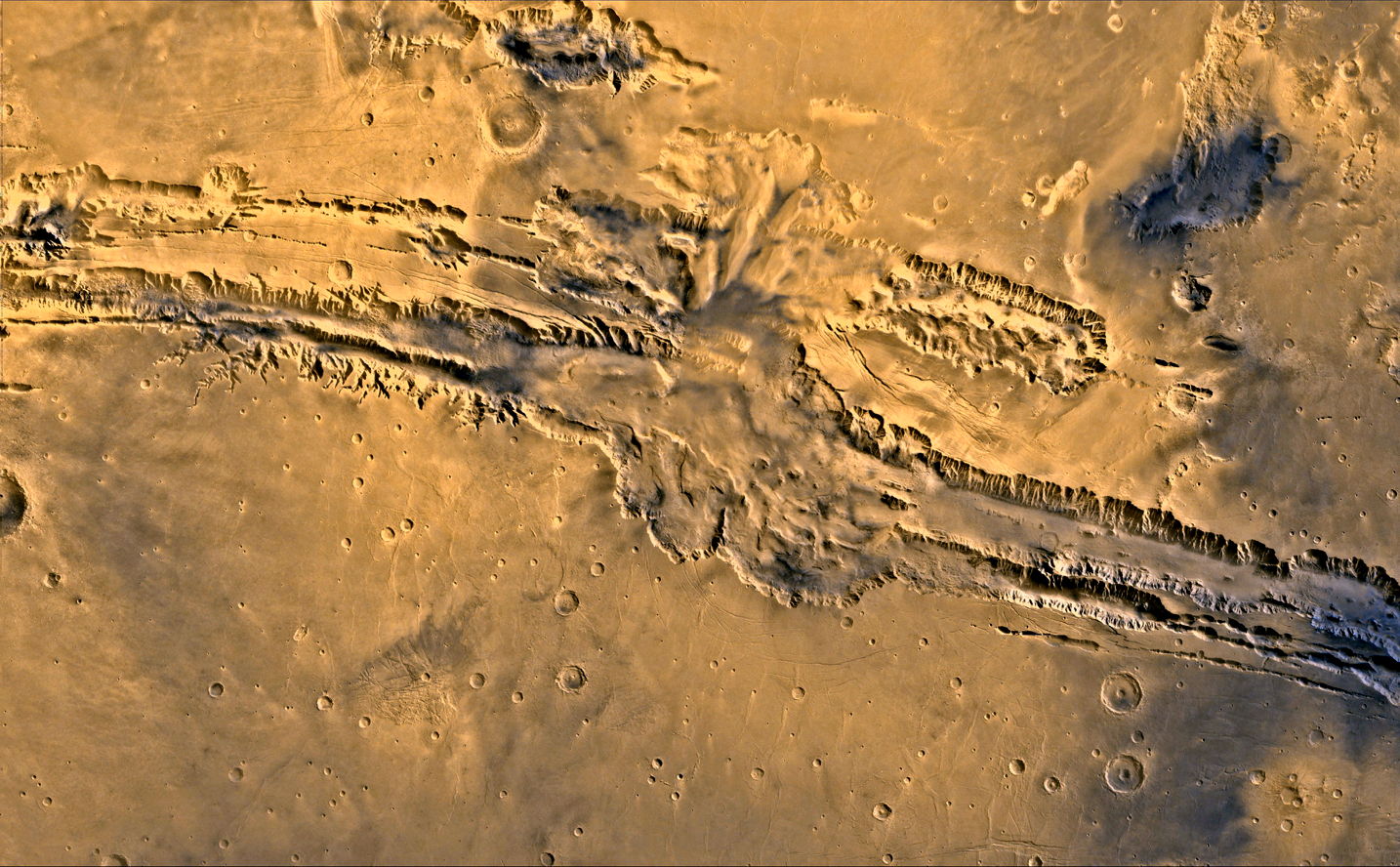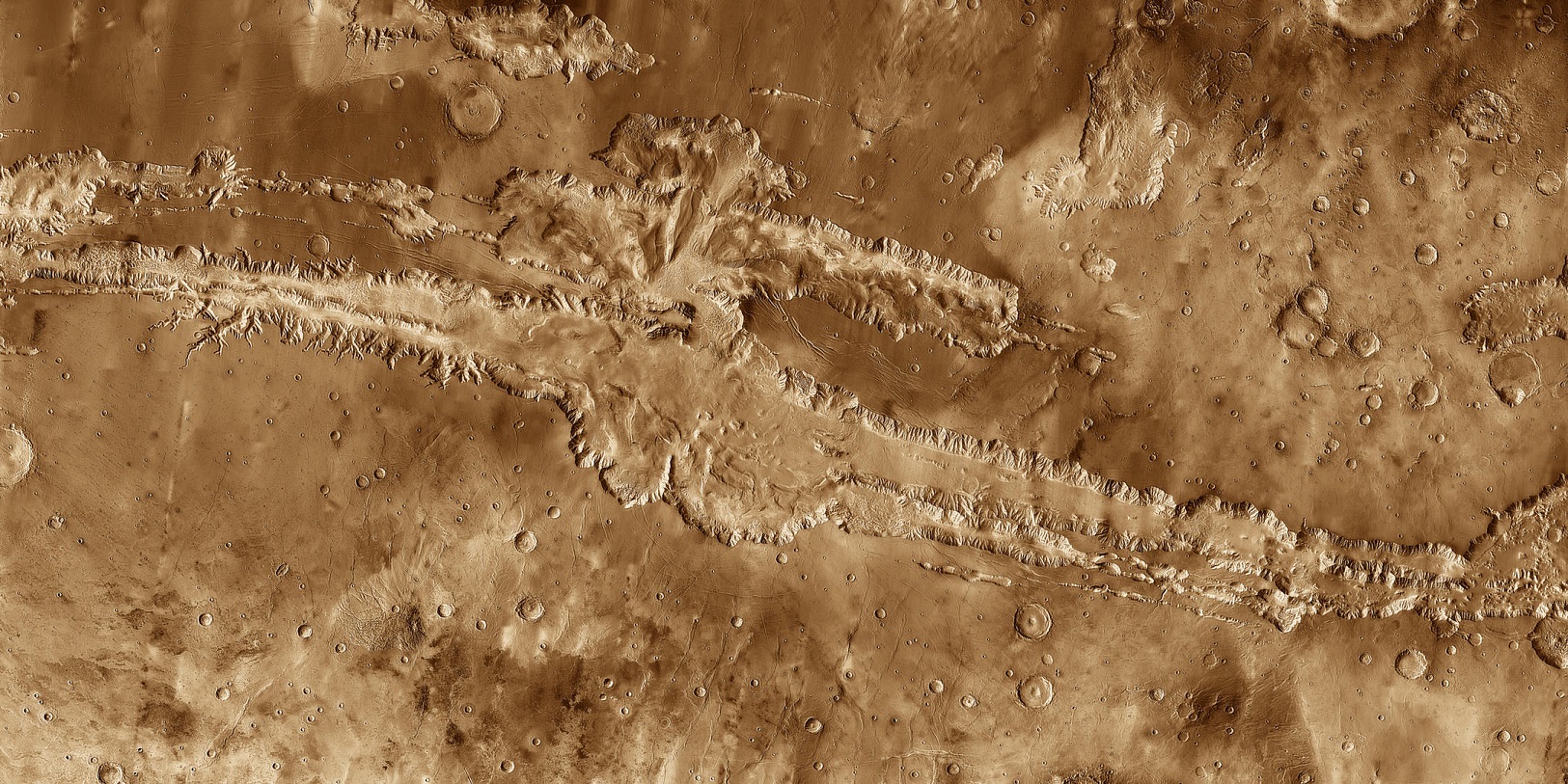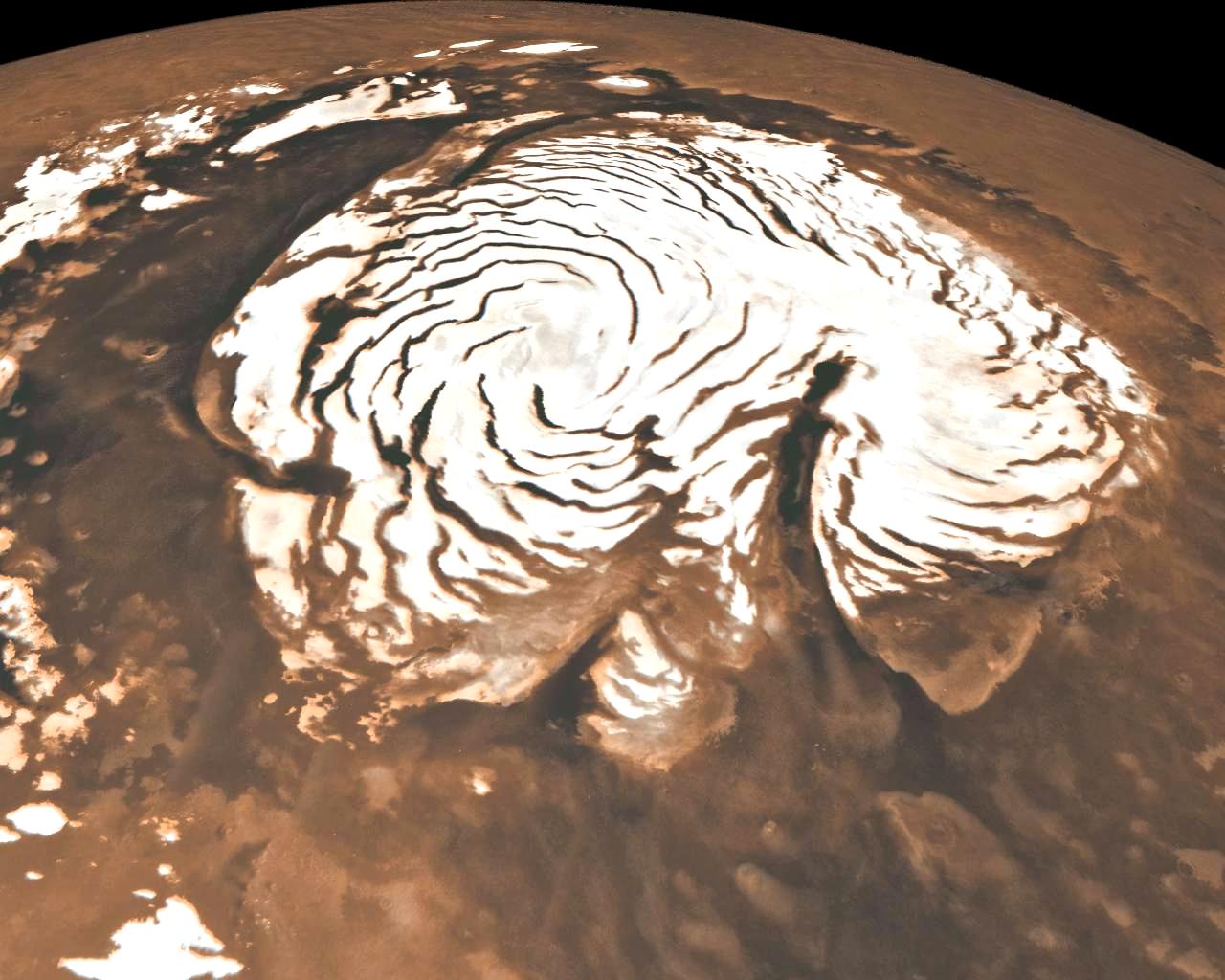Ingenuity 2.0
Accomplishments of the Ingenuity helicopter on Mars (credit: JPL/NASA)
NASA's Ingenuity helicopter has taken its last flight. Arriving in Jezero Crater on Mars, attached to the Perseverance rover when it landed, the aerial robot was designed to undertake only 5 demonstration test flights in the thin Martian atmosphere. That accomplished, the copter's mission was extended and returned nearly 3 years of remote sensing data from the Red Planet.
Ingenuity's chief engineer at the Jet Propulsion Laboratory, which managed the remote controlled flights, presented how the data that was collected will be used in designing of future Martian rotor-craft. Travis Brown showed what the 'little copter that could' accomplished and new components being designed for more powerful aerial robots on future Mars missions.
With all the gathered information, what might be some objectives the next gen of aerial robots might explore on Mars? One location could be ideal terrain, because it is too difficult for large rovers to land and navigate, would be the Valles Marineris, the Grand Canyon of Mars.


Composite views of the Mars Grand Canyon, Valles Marineris 1998 & 2012 (credit: NASA)
According to JPL, the canyon system runs nearly 2000 miles from east to west and averages 5 miles deep. It sits along the Martian equator with side canyons and littered chaotic terrain throughout. Chasma, or side valleys of the 'grand canyon', may have formed from during a period of Martian surface collapse or from faulting caused by structural forces during the growth of the giant volcanoes nearby. The atmospheric pressure within the deep labyrinth is likely to higher than on the Martian surface which Ingenuity had to maneuver. That increased pressure could potentially allow fa heavier copter with larger blades to fly faster and further within the canyon and its side branches.

North polar ice cap, Mars (credit: JPL)
Likewise, the large ice cap at the North Pole on Mars is an obvious target for aerial reconnaissance. The water-rich cap is more than 600 miles across and criss-crossed with dark, spiral bands of dust deposits. These represent deep troughs that cut into the ice. They do not reflect sunlight so their structure and layers are not well exposed. A large cleft called the Chasma Boreale almost bisects the cap. It is nearly the length of Grand Canyon in Arizona and over a mile deep.
Whatever Martian landforms and destinations that future flights will explore, Ingenuity led the way for these 'masters of the air' and their exploration of Mars. WHB